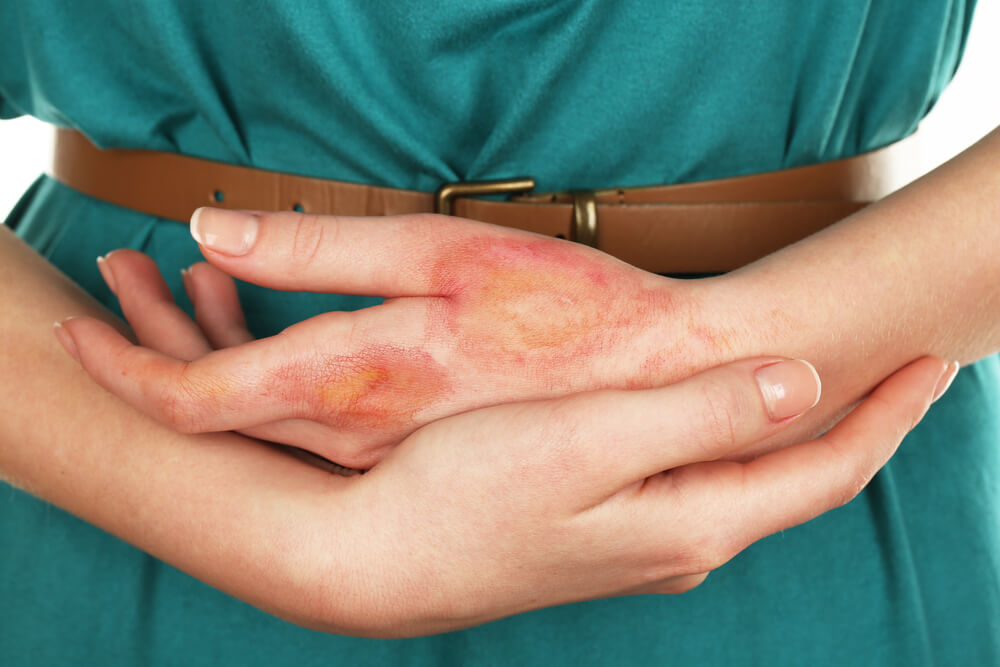Skin injuries come in many forms, ranging from simple abrasions like rug-burn to severe burns caused by fire, scalding, or chemical elements. In every case, these injuries can range in severity from mild to life-threateningly severe, and getting the proper treatment is necessary to ensure that they heal properly. Here at Up Clinics we are equipped to handle injuries of all types and provide the treatment necessary to help you recover effectively.
Even minor wounds can be dangerous and cause lasting harm if not treated promptly and properly
Understanding Abrasions, Cuts, Wounds, And Burns
- Abrasions – An abrasion is most commonly a wound caused by friction, and are typically minor in nature. Carpet burns, scraped knees, stubbed toes, and roughed-up elbows are all examples of minor abrasions. In cases where abrasions run deep, as can happen in motorcycle accidents, medical attention may be necessary.
- Wounds – When an injury penetrates the skin, such as with a cut, it’s known as a wound. As such it’s possible for an abrasion to become a wound. Punctures are also wounds, and burns can become wounds in severe enough cases. However, they are also their own specific kind of injury due to the special treatment and attention required to help them heal.
- Burns – Burns are typically thought of as being the result of fire, but this is only one kind of burn. Burns can be chemical in nature, or they can be the result of exposure to scalding hot water. In each case burns come in four categories:
- First-Degree: Pain, mild redness, swelling, and some minor peeling can occur as part of a first-degree burn. Blistering does not occur at this degree, and most sunburns fall into this category. Treatment usually involves keeping it out of the sun and using topical creams.
- Second-Degree: This is a more severe typified by a thickening of the skin and the appearance of blistering. These require more advanced care, with bandaging and follow-ups with your physician being necessary.
- Third-Degree: Severe damage has been inflicted at this level, with the skin becoming leathery, white, and extensive thickening of the skin being present. Blisters may not develop fully in these burns, and medical attention is necessary.
- Fourth-Degree – When the damage from the burn is so extensive it begins to affect the muscle, nerves, tendons, and even bones it is qualified as a fourth-degree burn. Immediate medical care is needed.
- First-Degree: Pain, mild redness, swelling, and some minor peeling can occur as part of a first-degree burn. Blistering does not occur at this degree, and most sunburns fall into this category. Treatment usually involves keeping it out of the sun and using topical creams.
Each Type Of Burn Requires Its Own Specialized Care, In Spite of Having Much In Common
Seeking Care For Cuts, Wounds, and Burns at Up Clinics
Some of the wound or burn that causes significant tissue injury and break natural skin barrier could end up with an infection and serious complications.
You just need to:
- Schedule your appointment online or by calling us.
- Fill the relevant forms and questionnaires.
- Bring your insurance card and an ID card.
Up Clinics doctors can help you with your wound and burn care, sutures, cleaning, wound dressing, antibiotics, and pain management that can help your body suffer less from the injury.

